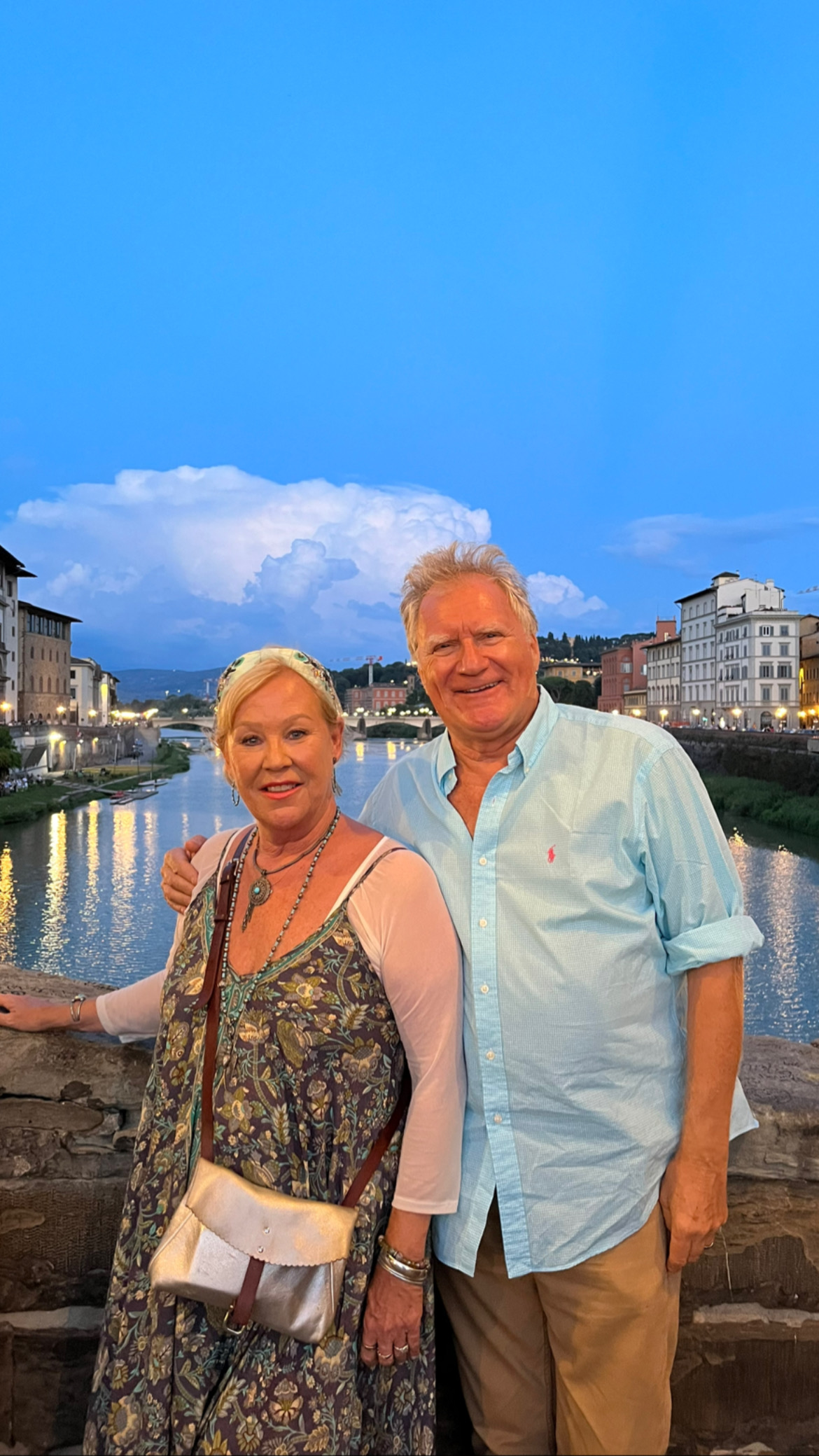42. TAOS AND BANDELIER, NEW MEXICO
- Des & Sandie Nichols
- Sep 14, 2022
- 4 min read
Updated: Jun 24, 2024
Travel is discovery. Preconceived images in the mind dispelled in a second. Reality replacing illusion. No research, no internet, no photographs are ever able to paint the full picture. We had heard of Taos (pronounced like ‘house’), a small town seventy miles north of Santa Fe, 7000ft up in the Sangre de Christo Mountains. This, we were told, is a haven for artists. While we have the artistic talents of a clumsy cat, we have learned that it is artists that eke out the special places to live. So don't follow the money, follow the art. The road north to Taos faithfully follows the Rio Grande, still in its adolescence as it winds its 1,800 mile journey from the Rocky Mountains in southern Colorado to the Gulf of Mexico, shallow enough at this point to bubble white over rocks that stand in the way of its irresistible flow.

The Rio Grande

A one-time bridge across the river
Eventually the dramatic canyons open up onto a glorious plateau as if the theater curtains had been pulled back to reveal a vast stage and it is here, overlooked by snow-capped peaks, that Taos nestles in splendid isolation.
This is a very special place, taking itself out of the outside world and living in its very own personal peace and harmony. But to understand Taos you must first drive right through it and out the other side. Here you will find Pueblo Taos, a community of Native Americans that have called this home for 1000 years. Now a UNESCO World Heritage Site, it is not a deserted, roped off museum but a living, breathing 'village' of Pueblo Native Americans. These friendly, colorful people are this generation's members of one of the oldest continuously inhabited communities in the US. The 100 or so people, young and old, who live here joyously and proudly respect and maintain their ancestoral lifestyle.

A family home for 1000 years

These adobe houses (adobe is the mud-like earth, straw and water mixture from which the houses are built) exist without electricity or plumbing.They still, to this day, cook bread in the nearest Horno, a dome-like, wood-fired outdoor oven.

Horno ovens
Water is collected from the Red Willow Creek that runs right through the centre of this reservation community.

Red Willow Creek
Most houses are single storey but, incredibly, they have two multi-storey buildings, named Hlaauma (north house) and Hlaukkwima (south house). These are ancient apartment blocks, with each 'unit' owned by one family and passed on from one generation to the next.

The North House, Hlaauma

The South House, Hlaukkwima

There's no place like home. Inside one of the adobe haciendas, the much needed fire. The outside temperature had fallen to -10F, that’s -23C, the previous night.

Mother Superior
The Spanish came here in the late 16th century, arrogantly and presumptuously force-feeding their Catholicism to the native tribes -and of course they built a church, a display of magnitude and magnificence that intended to intimidate and replace the Native American's trust in nature and co-existence with a fear of Hell and damnation.
A collective effort by several tribes, led ironically by a Chief called Pop'e, with its headquarters in Pueblo Taos, rebelled in 1680 and drove the Spanish back to the Mexican border and beyond. The church was destroyed in the rebellion but the ruins still tell the story. It is now a cemetery.

This is a truly exceptional place. A contemporary commitment to keeping old traditions alive. The current inhabitants’ pride in the past holds back time and challenges the disposable values of modern life. We both agreed Pueblo Taos is an undeniable highlight of this amazing trip. But words cannot begin to convey the wonder of this place. We felt we were in Bethlehem, 2018 years ago. It echoes a seasonal Nativity scene and we expected Three Wise Men to emerge, bearing gifts, from the houses at any moment. The smiles say it all.

Taos, the town, has a hideaway charm, reflecting a deep-rooted tranquillity on the very edge of the modern world. It is like a well-heeled post-hippy retreat where art galleries and homely cafés oust out the ugly intrusion of souvenir shops and fast food joints. We met John, a poet, sitting on a bench and found the essence of this special place as he passionately read his latest composition to us.

You should also not miss the imposing Spanish Mission church on the edge of town - St Francisco de Asis. From the side this fine example of a Spanish Colonial shrine resembles a World War I tank but it is truly a magnificent edifice.


Taos is a moment of spiritual refreshment, a traveler's find and a treasure in New Mexico.
BANDELIER
To understand the unique qualities of this desert state, you have to leave the cities and delve out into the environs and into the past. Just as we learned so much in Taos, we were completely intrigued and enlightened by Bandelier. This narrow canyon, 60 miles to the east of Santa Fe, is now a National Park but still bears witness to the almost primeval existence of early settlers of America, but of course then it was just an unnamed landmass.

Bandelier (rhymes with chandelier)was the settlement of cave-dwellers and you can still trek and climb to their old homes. Here another branch of the Ancestral Puebloans, cousins of the Taos brigade, chose to live in small natural holes in the face of the canyon walls in the Jemez Mountains. Human presence has been dated to over 10,000 years ago but the paintings on the walls and the smoke on the ceilings record life in the 1500s.
Another jewel in the crown of New Mexico.






Comments